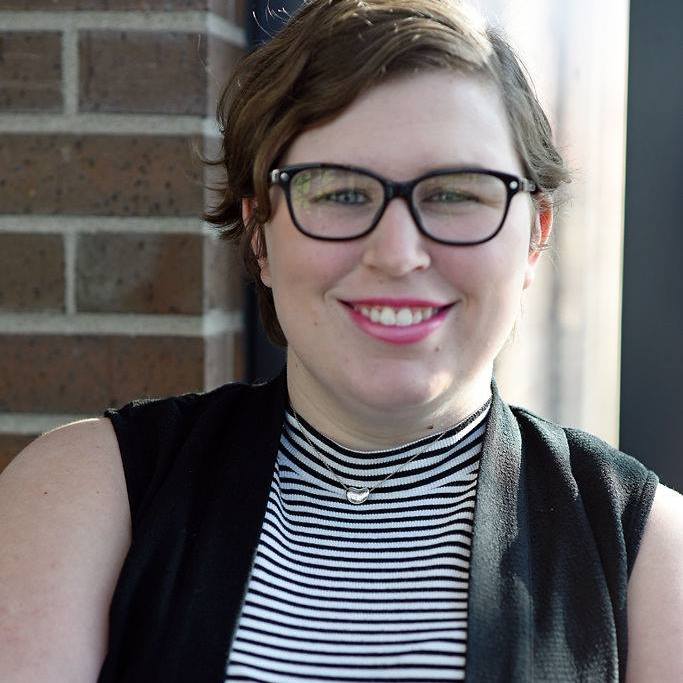When Theatre Lab cofounder Buzz Mauro teamed up with playwright Renee Calarco to write The Kids’ Table, they didn’t assign genders to the characters they created. It was an experiment. “We get some of the best musical-theater kids in town coming out every summer,” says Mauro of the DC school. “I thought it might be really fun to write something for them, and it would give me the chance to write a musical with a cast built to work on it.”
The script called for 17 leads, with genders to be as-signed during casting. Until then, the roles were identified by gender-neutral names and a few defining characteristics. “Deciding who was going to get what role over another came down to how qualities of the person related to the qualities of the character,” Mauro says . “The kids just took that tiny bit of information and are creating fascinating, multidimensional people.”
The process also allowed relationships to emerge via casting, including the romantic relationships. “It turns out that one of them is between two girls, and there’s no comment at all in the script on that,” Mauro says.
In movies, leading roles are split about 70/30 between men and women—a breakdown Mauro hopes could one day shift thanks to non-gender-constrained casting.
“There’s certainly a place in theater where it’s about the boy and the girl or it’s about ethnicity or race,” he says. “But if there could be more things that are not centered on that, I think that casting opportunities open up and maybe our way of looking at society opens up.”
This article appears in the September 2017 issue of Washingtonian.
















